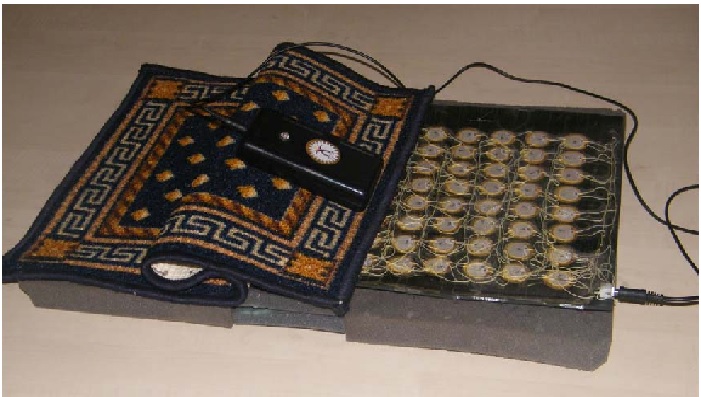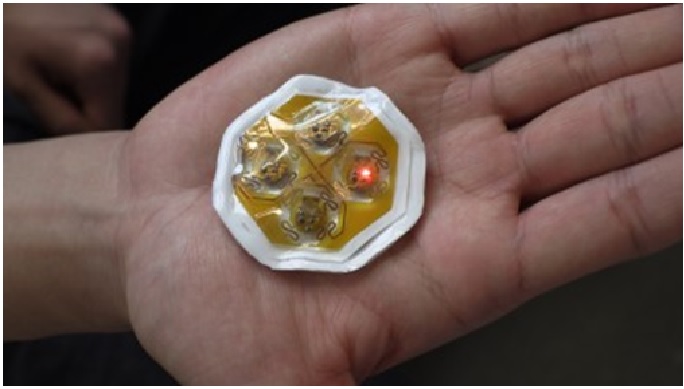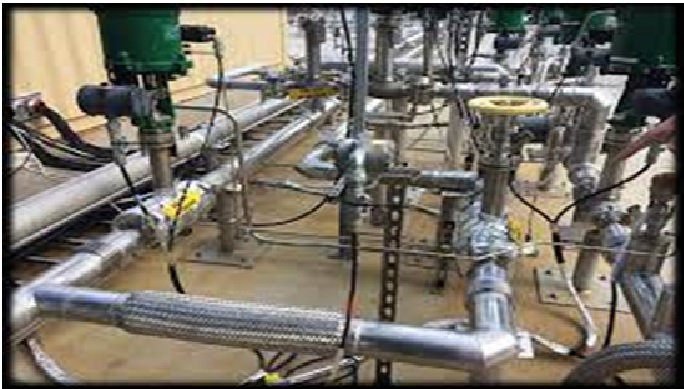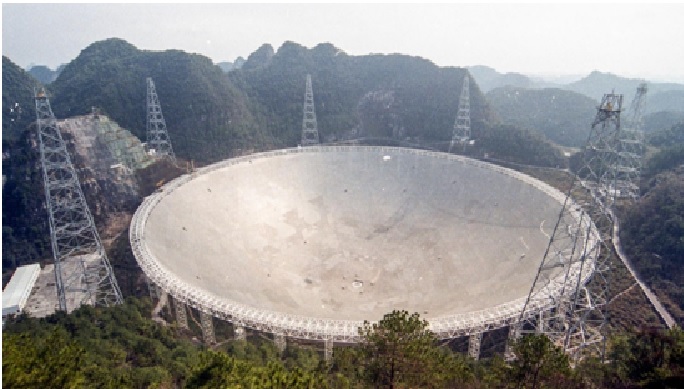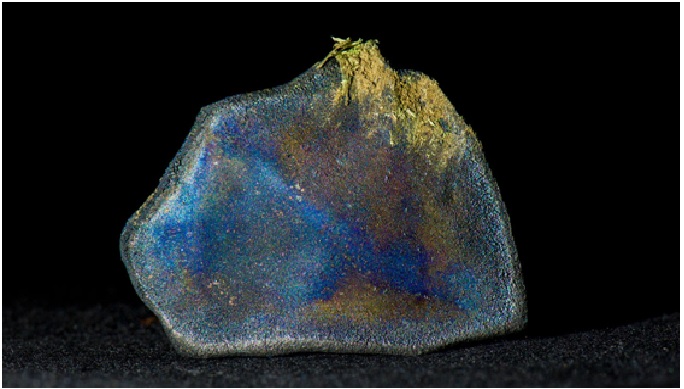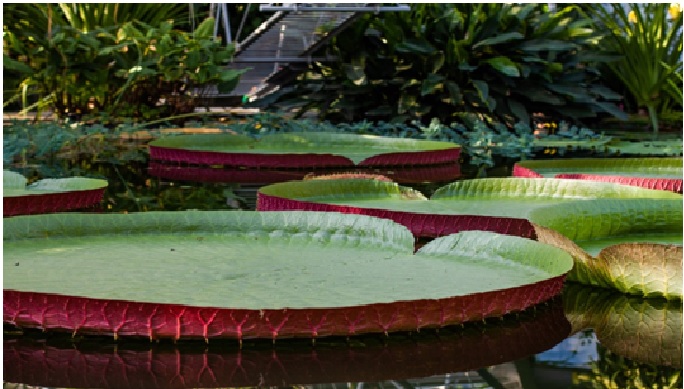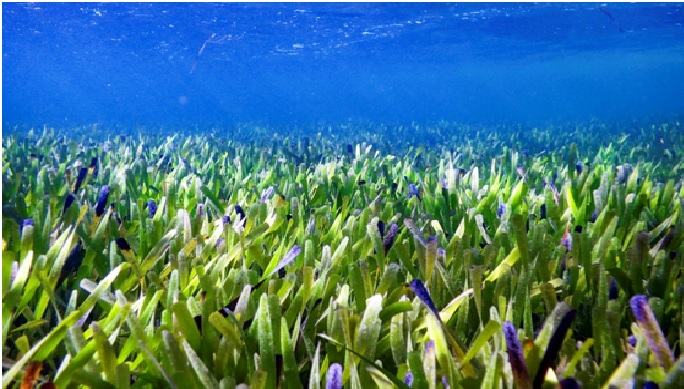The Review of Energy Saving Lighting Technologies
When the energy usage of a product is reduced without affecting its output or final response or user comfort levels is referred as energy efficiency. [1] An energy efficient product consumes less energy to perform the same function when compared to the same product with more energy consumption. Figure 1 shows the energy saving light.
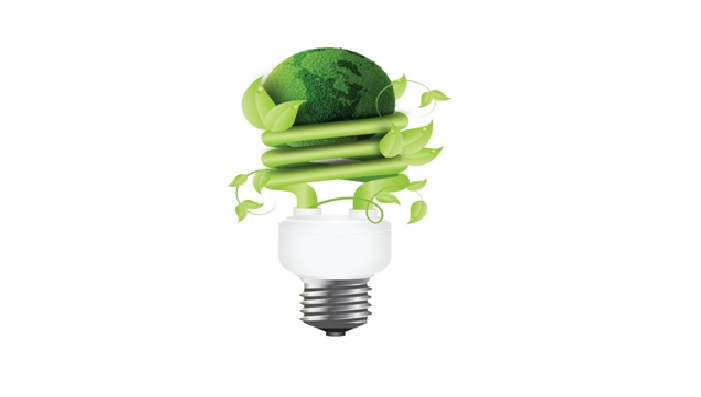
Figure 1. The Energy Efficient Lighting [2]
The energy efficiency in the lighting sector gives the required illumination level of the lighting scheme for the application it has been designed for, while consuming the least amount of energy. Simply, energy efficient lighting can save the electricity while maintaining good quality and quantity of the light.
Energy efficient lighting involves in replacement (or re-lamping) of traditional lamps (such as incandescent lamps) with that of energy efficient such as fluorescent lamps, CFL lamps and LED lamps. It also incorporates proper lighting controls such as timer controls, PIR and ultrasonic sensors based controls, etc.
It includes the turning off lights automatically when they are not in use, especially during daylight. It uses electronic chokes instead of ballasts in case of conventional lighting and also with the use of electronic circuitry; it can achieve dimming of lights when necessary.
These energy efficient schemes can be applied for external lighting, internal lighting for residential buildings and internal lighting for commercial buildings. These schemes not only reduce the energy consumption, but also enhance the lighting quality, increase the safety and staff well-being, and reduce the environmental impacts.
LED lighting is very different from other lighting types such as incandescent and CFL. [3] Key differences include:
- Light Source: LEDs are the size of a fleck of pepper, and can emit light in a range of colors. A mix of red, green, and blue LEDs is sometimes used to make white light.
- Direction: LEDs emit light in a specific direction, reducing the need for reflectors and diffusers that can trap light. This feature makes LEDs more efficient for many uses such as recessed downlights and task lighting. With other types of lighting, the light must be reflected to the desired direction and more than half of the light may never leave the fixture.
- Heat: LEDs emit very little heat. In comparison, incandescent bulbs release 90% of their energy as heat and CFLs release about 80% of their energy as heat.
- Lifetime: LED lighting products typically last much longer than other lighting types. A good quality LED bulb can last 3 to 5 times longer than a CFL and 30 times longer than an incandescent bulb.
The benefits of energy efficiency should be evident to anyone. Energy-efficient designs can save building owners money each year on their energy bills, reduce moisture problems, and increase the resale value of a property.
Investing in energy-efficient design will keep your operation’s costs as low as possible and reduce your reliance on fossil fuels. [4] It can help you qualify for LEED, Green Globes, and other certifications — in addition to local, state, and federal tax credits and other incentives. It also contributes to the World Green Building Council’s efforts of transitioning to 100 percent Net Zero Energy Buildings (NZEBs) by 2050.
Showing that you’re committed to energy efficiency — whether it’s through a large solar installation, LEED certification, or anything else — generates goodwill among stakeholders. In some industries, it can also be a valuable marketing tool.
References:
- https://www.electricaltechnology.org/2016/12/energy-efficient-lighting-techniques-to-implement-it.html
- https://www.tiselectrics.com.au/energy-efficient-lighting
- https://www.energy.gov/energysaver/led-lighting
- https://www.sitelogiq.com/solutions/public-sector-solutions/energy-services/energy-efficiency/
Cite this article:
Vinotha D (2022), The Review of Energy Saving Lighting Technologies, AnaTechMaz, pp.106


